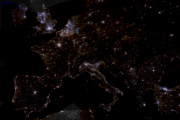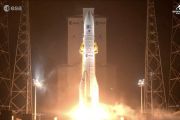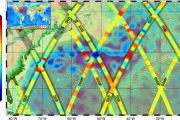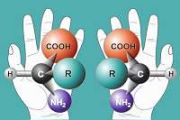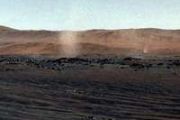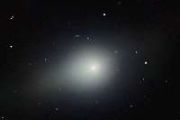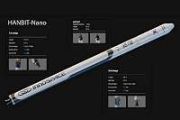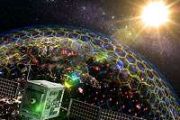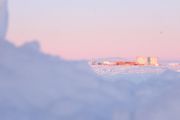
Copernical Team
Next generation Moon camera tested in Europe
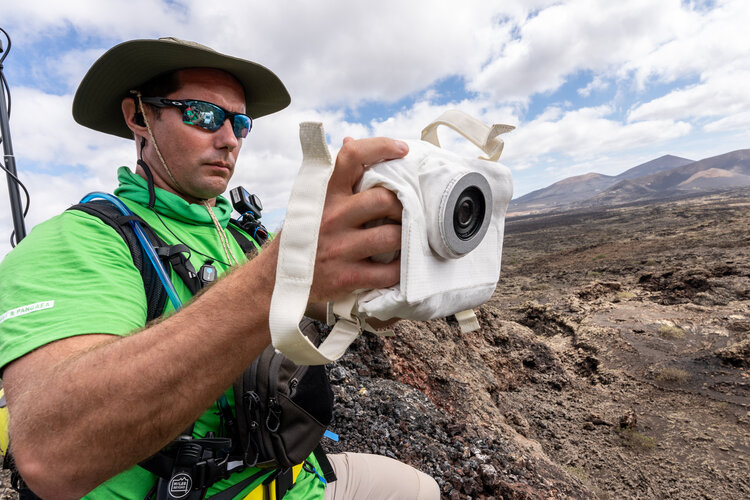
When astronauts return to the Moon, they will take more pictures of the lunar surface than any humans before. To develop the best camera for the job, European astronauts and scientists are lending a helping hand to NASA’s Artemis imagery team.
Open doors for the ESA-ESTEC Open Day
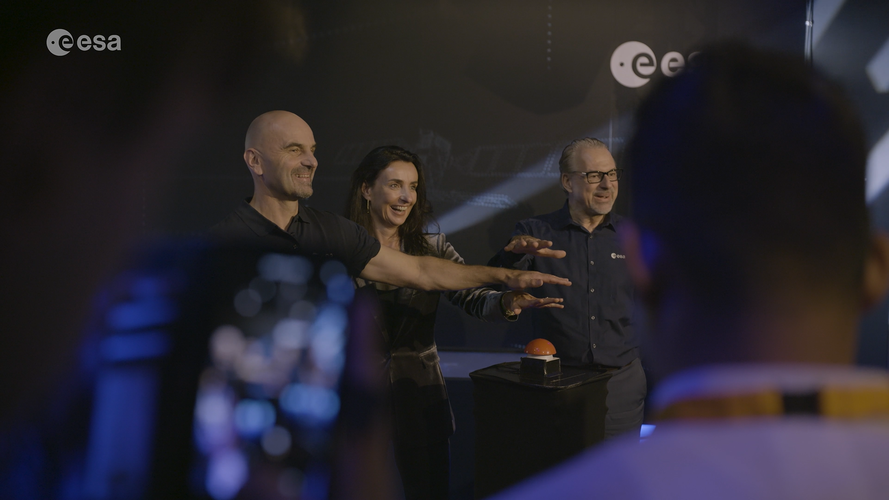 Video:
00:03:03
Video:
00:03:03
On Saturday 7 and Sunday 8 October 2023, the European Space Agency opened the doors to the European Space Research and Technology Centre, ESTEC, in the Netherlands. Where science meets science fiction, the theme of this year's open day was ‘Science Fiction Gets Real’, highlighting how science fiction has inspired scientists and engineers to join ESA, and turn once imaginary concepts into science fact. The single largest ESA establishment invited the public to meet astronauts, view spacecraft, and peer behind the scenes of Europe’s space adventure, along with a full schedule of events and talks from Space
International ocean satellite monitors how El Nino is shaping up
 Not all El Nino events are created equal. Their impacts vary widely, and satellites like the U.S.-European Sentinel-6 Michael Freilich help anticipate those impacts on a global scale by tracking changes in sea surface height in the Pacific Ocean.
Water expands as it warms, so sea levels tend to be higher in places with warmer water. El Ninos are characterized by higher-than-normal sea leve
Not all El Nino events are created equal. Their impacts vary widely, and satellites like the U.S.-European Sentinel-6 Michael Freilich help anticipate those impacts on a global scale by tracking changes in sea surface height in the Pacific Ocean.
Water expands as it warms, so sea levels tend to be higher in places with warmer water. El Ninos are characterized by higher-than-normal sea leve A simulation to visualize the evolution of Alpine ice cover over the last 120,000 years
 The last glacial period began around 115,000 years ago, and was punctuated by cold and warmer cycles, resulting in the advance and retreat of glaciers that shaped the landscape of the European Alps and their surroundings, carving out valleys.
A new computer model makes it possible to reconstruct this evolution with unprecedented precision. It provides a direct visualization of the phenomen
The last glacial period began around 115,000 years ago, and was punctuated by cold and warmer cycles, resulting in the advance and retreat of glaciers that shaped the landscape of the European Alps and their surroundings, carving out valleys.
A new computer model makes it possible to reconstruct this evolution with unprecedented precision. It provides a direct visualization of the phenomen ET phone Dublin? Astrophysicists scan the Galaxy for signs of life
 Astrophysicists from Trinity College Dublin are scanning the Universe for "technosignatures" emanating from distant planets that would provide support for the existence of intelligent, alien life.
Using the Irish LOFAR telescope and its counterpart in Onsala, Sweden, the team - led by Professor Evan Keane, Associate Professor of Radio Astronomy in Trinity's School of Physics, and Head of t
Astrophysicists from Trinity College Dublin are scanning the Universe for "technosignatures" emanating from distant planets that would provide support for the existence of intelligent, alien life.
Using the Irish LOFAR telescope and its counterpart in Onsala, Sweden, the team - led by Professor Evan Keane, Associate Professor of Radio Astronomy in Trinity's School of Physics, and Head of t How NASA is protecting Europa Clipper from space radiation
 To explore the mysterious ice-encrusted moon Europa, the mission will need to endure bombardment by radiation and high-energy particles surrounding Jupiter.
When NASA's Europa Clipper begins orbiting Jupiter to investigate whether its ice-encased moon, Europa, has conditions suitable for life, the spacecraft will pass repeatedly through one of the most punishing radiation environments in o
To explore the mysterious ice-encrusted moon Europa, the mission will need to endure bombardment by radiation and high-energy particles surrounding Jupiter.
When NASA's Europa Clipper begins orbiting Jupiter to investigate whether its ice-encased moon, Europa, has conditions suitable for life, the spacecraft will pass repeatedly through one of the most punishing radiation environments in o Curiosity rover finds new evidence of ancient Mars rivers, a key signal for life
 New analysis of data from the Curiosity rover reveals that much of the craters on Mars today could have once been habitable rivers.
"We're finding evidence that Mars was likely a planet of rivers," said Benjamin Cardenas, assistant professor of geosciences at Penn State and lead author on a new paper announcing the discovery. "We see signs of this all over the planet."
In a study pub
New analysis of data from the Curiosity rover reveals that much of the craters on Mars today could have once been habitable rivers.
"We're finding evidence that Mars was likely a planet of rivers," said Benjamin Cardenas, assistant professor of geosciences at Penn State and lead author on a new paper announcing the discovery. "We see signs of this all over the planet."
In a study pub National innovation challenge for Australia's first lunar robotic rover arm
 Freelancer.com (ASX: FLN) has announced a national innovation challenge open to all Australians. The Australian Space Agency, in collaboration with NASA's Artemis program, is embarking on an ambitious journey to design Australia's first lunar rover. The ELO2 Big Dipper Lunar Regolith Acquisition Challenge is an open invitation for innovators and enthusiasts to be a part of this groundbreaking mi
Freelancer.com (ASX: FLN) has announced a national innovation challenge open to all Australians. The Australian Space Agency, in collaboration with NASA's Artemis program, is embarking on an ambitious journey to design Australia's first lunar rover. The ELO2 Big Dipper Lunar Regolith Acquisition Challenge is an open invitation for innovators and enthusiasts to be a part of this groundbreaking mi Follow NASA's Starling Swarm in Real Time
 NASA's Starling CubeSats are zipping through low Earth orbit in the agency's latest test of robotic swarm technologies for space. The four Starling spacecraft, launched in July 2023, are testing a group of small satellites ability to coordinate and cooperate independently without real-time updates from mission control.
NASA invites the public to follow the Starling mission live in NASA's E
NASA's Starling CubeSats are zipping through low Earth orbit in the agency's latest test of robotic swarm technologies for space. The four Starling spacecraft, launched in July 2023, are testing a group of small satellites ability to coordinate and cooperate independently without real-time updates from mission control.
NASA invites the public to follow the Starling mission live in NASA's E ACT's Thermal Management System will help VIPER Rover survive long lunar nights
 Advanced Cooling Technologies, Inc. (ACT), a renowned entity in the realm of thermal management solutions, recently reached a milestone in space technology by completing its Thermal Management System (TMS) for NASA's Volatiles Investigating Polar Exploration Rover (VIPER). The project journeyed from its initial conceptual stages through to the final development of flight-critical hardware, fulfi
Advanced Cooling Technologies, Inc. (ACT), a renowned entity in the realm of thermal management solutions, recently reached a milestone in space technology by completing its Thermal Management System (TMS) for NASA's Volatiles Investigating Polar Exploration Rover (VIPER). The project journeyed from its initial conceptual stages through to the final development of flight-critical hardware, fulfi 

